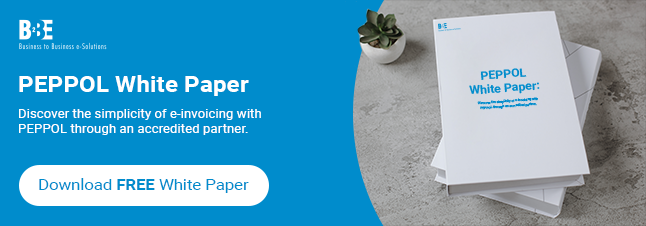开票软件可将创建、发送和管理发票的流程自动化,将过去繁琐的任务转变为简化、高效的工作流程。对于需要处理供应商电子发票和数据录入的企业来说,了解开票软件的工作原理对于优化财务运营至关重要。下面我们就来看看开票软件是如何运作的。
开票软件如何工作
自动数据输入和整合
开票软件首先要与您的现有系统集成,例如您的 企业资源规划 (企业资源规划)、客户关系管理(CRM)和会计软件。这种整合可确保所有必要的数据(如客户详情、采购订单和销售记录)随时可用。
- 数据收集:开票软件可从您的集成系统中自动收集相关数据。
- 中央数据库:然后将这些数据存储在中央数据库中,确保所有财务文件的一致性和准确性。
下面请观看我们的视频综述:
创建发票
软件利用收集到的数据,根据预定义模板自动生成发票。这些模板可根据企业的品牌和具体需求进行定制。
- 模板定制:您可以定制发票模板,在其中加入公司徽标、付款条件和其他相关信息。
- 自动计算:软件可进行所有必要的计算,如税款和折扣,确保总计准确无误。
发送发票
发票创建后,将以电子方式发送给客户或供应商。开票软件提供多种发送方式,包括电子邮件、EDI(电子数据交换)或通过客户门户网站。
- 电子邮件发送:收件人直接通过电子邮件收到发票。
- EDI电子数据交换:对于使用 EDI电子数据交换发票可以标准化格式进行电子传送。
- 客户门户:客户可通过安全的在线门户网站获取发票。
跟踪和管理
开票软件可在整个过程中跟踪每张发票的状态。这种实时跟踪对于保持有序、高效的开票流程至关重要。
- 状态更新:软件更新每张发票的状态(如已发送、已查看、已支付)。
- 自动提醒:如果发票逾期未付,软件会自动向客户发送提醒,帮助确保及时付款。
报告和分析
最后,该软件还提供有关开票活动的详细报告和分析。这些洞察力有助于监控性能、识别趋势和做出数据驱动的决策。
- 性能报告:关于已发送、已支付和逾期发票的详细报告。
- 分析性Cookie:洞察支付模式和客户行为。
从与现有系统集成到自动生成和发送发票,它将传统的繁琐任务转变为无缝工作流程。投资开票软件是一项战略性举措,可显著改善财务运营和整体业务绩效。
进一步了解我们的 供应商电子发票 和 客户电子发票 解决方案
About B2BE
B2BE delivers electronic supply chain solutions globally, helping organisations to better manage their supply chain processes, providing greater levels of visibility, auditability and control. We’re driven by a passion for what we do, inspired by innovation, and underpinned by a wealth of knowledge. With over 20+ years of experience, the B2BE teams operate worldwide.
欲了解更多信息,请访问www.b2be.com。

